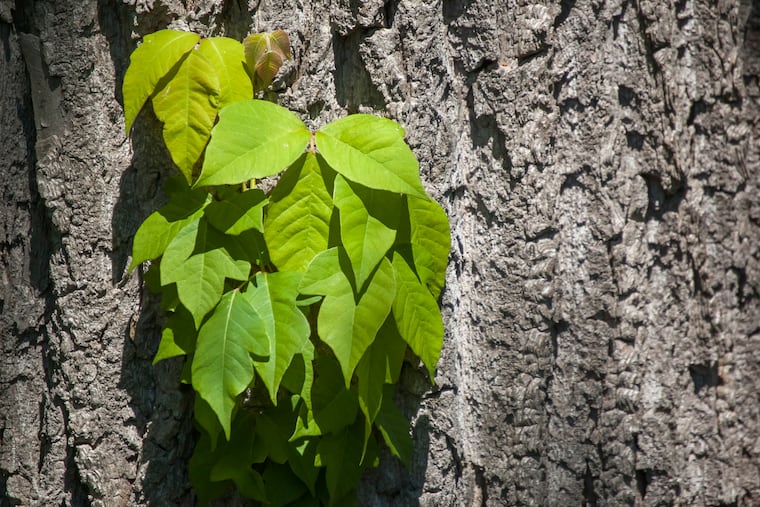Q&A: How do I know if I have poison ivy?
Poison ivy and poison oak cause the most common allergic reactions in the United States, affecting as many as 50 million Americans a year.

Q: How do I know if I have poison ivy?
A: According to the American Skin Association, poison ivy and poison oak cause the most common allergic reactions in the United States, affecting as many as 50 million Americans a year.
Both plants cause extremely itchy rashes, which typically last for about one to three weeks. These rashes can sometimes include small blisters.
The rash is caused by an oil that is found on the plants' leaves and stems. The reaction can occur either from direct contact, indirect contact — such as a pet that ran through the leaves — or if the plant is burned. For example, you might inadvertently burn the plant in a fire pit and subsequent inhalation can lead to severe allergic reaction in the nasal passages and lungs.
To minimize the symptoms of poison ivy, use calamine lotion or products containing aluminum acetate. Remember to avoid scratching the rash or blisters as this only makes it worse. Though it should be noted that once the rash appears, scratching will not spread it.
Occasionally, treatment may require a visit to your primary-care physician if the rash spreads across large areas of the body, and shows signs of infection or no improvement within a two-week period despite the use of lotions. In these cases, your physician may recommend a course of steroids.
The best way to prevent contracting poison ivy or oak is to avoid the plants entirely. To recognize the plants, which are characterized as having three leaves coming off a single stem, use this classic rhyme, "Leaves of three, let them be." The plants can be found on the ground or in vine form, typically climbing on trees. It's important to know that both live and dead plants can cause the reaction.
If you are planning on hiking or gardening in areas that may have these plants, prevent exposure by wearing long sleeves, pants, and gloves when gardening. If you think you've come into contact with the plants, attempt to lightly wash the area with soap and water as soon as possible.
Erik Polan, DO, is an internal-medicine physician at Philadelphia College of Osteopathic Medicine.